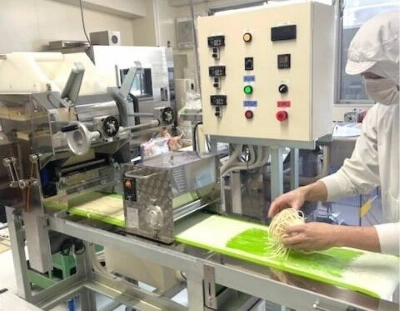What kind of art would best represent a rapidly developing country coming out of the social upheaval of a violent revolution — especially when it had, only a century before that, just thrown off the yoke of colonial rule? Twentieth-century Mexico faced just this question — how it attempted to answer it can be seen in the exhibition "Camino A La Modernidad (The Road to Modernism)" at the Setagaya Art Museum. Staged to commemorate the 400th anniversary of relations between Mexico and Japan, the exhibition brings together 70 works, the largest-ever collection of modern Mexican art to be shown in Japan.
The Spanish conquests of the early 16th century led to Spain suppressing Mexico's indigenous peoples and imposing its cultural as well as political authority. As a result, art in the "New Spain" was strongly European-led, with a predominant hybrid Mexican-Baroque style that persisted even after the country became independent in 1810. By the turn of the 20th century, however, many Mexican artists had set out to discover or create a national artistic identity.
Some artists looked to the country's Indian population as a source of inspiration. Saturnino Herran's "La Cosecha" depicts Indian farmers loading hay — strong sunlight dividing the picture into contrasting areas of light and shade and sculpting the peasants' bodies. Diego Rivera's portrayal of children in a tree in "Paisaje Nocturno" suggests that if the artist's personal folk-art style is a kind of primitivism, it is of a kind seen through the prism of European primitivist artists — the sombreros and shawls loudly shout "Mexico," but the colors, brushwork and style are pure Gaugin.

















With your current subscription plan you can comment on stories. However, before writing your first comment, please create a display name in the Profile section of your subscriber account page.